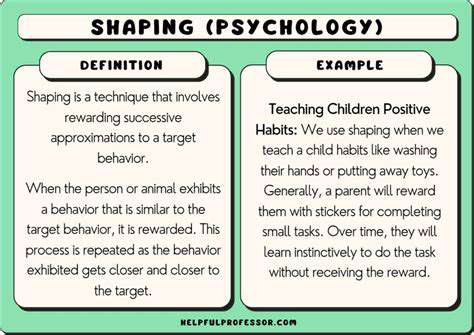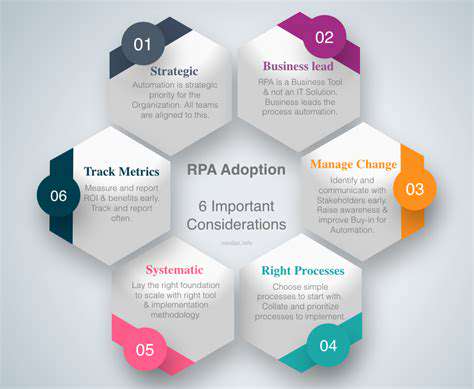How to Help Community Cats (TNR Trap Neuter Return)
Finding Resources and Support for Your TNR Efforts
Locating Local Animal Shelters and Rescues
Finding local animal shelters and rescue organizations is crucial for successful trap-neuter-return (TNR) programs. These organizations often have valuable resources, including trap supplies, low-cost or free spay/neuter clinics, and expertise in handling feral cats. They can provide guidance on how to best approach TNR in your specific community and connect you with other volunteers or groups already working on similar efforts. Knowing which organizations are operating in your area can save you time and effort and help ensure that your efforts are coordinated with existing initiatives.
Identifying Veterinarians and Clinics Offering Low-Cost or Free Services
Many veterinarians and animal clinics offer reduced-cost or free spay/neuter services for cats, especially for community cats. Researching these options is essential for ensuring that the cats in your TNR program receive the necessary medical care without excessive financial burden. This can significantly impact the success of your efforts, as healthy, spayed/neutered cats are less likely to reproduce and contribute to overpopulation problems.
Exploring Community Resources and Support Groups
Local community centers, animal welfare groups, and online forums are excellent places to connect with other animal lovers and volunteers who might be involved in TNR efforts or have experience in caring for feral cats. This can lead to collaboration, sharing of resources, and support networks that can significantly enhance your TNR program. Learning from others who have experience can prove invaluable in mitigating challenges and maximizing your impact.
Understanding Local Ordinances Regarding Feral Cats
Before initiating a TNR program, it's crucial to familiarize yourself with any local ordinances or regulations regarding feral cats. These regulations can vary significantly depending on the jurisdiction, and understanding them is essential to avoid any legal issues. Knowing the rules of your area will allow you to conduct your TNR program in a responsible and compliant manner, ensuring the safety and well-being of both the cats and the community.
Accessing Trap Supplies and Equipment
Traps, transport carriers, and other necessary supplies for safely trapping and transporting cats are often available from local animal shelters, rescue organizations, or through online retailers. Planning ahead and procuring the necessary equipment will be vital for the success of your TNR efforts. Having the appropriate tools and supplies on hand will ensure a smooth and humane process for the cats.
Seeking Information on TNR Best Practices and Techniques
Understanding the best practices for trap-neuter-return is critical to ensuring the well-being of the cats and the effectiveness of the program. Researching reputable organizations and resources dedicated to feline welfare, such as the ASPCA or local shelters, can provide in-depth information about humane trapping methods, post-procedure care, and minimizing stress for the cats during the process. Proper training and knowledge of best practices will lead to better results and greater success in your TNR program.
Considering the Role of Volunteers and Mentors
Engaging with experienced TNR volunteers or mentors can significantly improve the efficiency and effectiveness of your efforts. Experienced volunteers can provide invaluable guidance and support, offering advice on various aspects of the process, from trapping techniques to post-release monitoring. Mentorship can accelerate your learning curve and help you navigate the challenges of TNR with greater confidence, leading to a more positive and sustainable outcome for community cats.
The Long-Term Impact of TNR on Community Cat Populations

The Impact on Feral Cat Populations
Trap-Neuter-Return (TNR) programs aim to manage feral cat populations by reducing the number of unwanted kittens born and preventing the spread of diseases. By sterilizing and returning cats to their territory, TNR programs aim to stabilize or reduce the overall feral cat population in a specific area. This controlled approach contrasts with other methods that often involve euthanasia, which can have significant ethical implications. By focusing on sterilization, TNR programs ultimately seek to create a more sustainable and manageable feline population.
The long-term impact of TNR on feral cat populations is complex and multifaceted. While it often leads to a decline in the number of kittens produced, the effect on overall population size can be variable depending on factors like the availability of food sources and the success of the program's implementation. Ongoing monitoring and adjustment of the program are necessary to ensure its effectiveness in addressing local needs. The success of TNR hinges on consistent participation and the commitment of community members and animal control agencies.
Beyond the immediate impact on population numbers, TNR programs can contribute to a healthier, less stressed feral cat community in the long run. Reduced competition for resources can lead to improved overall health conditions. This, in turn, can potentially lessen the risk of disease transmission among the feral cat population. Ultimately, TNR programs aim to create a more balanced ecosystem where feral cats can coexist with their human neighbors, and the community can be assured of a healthy feline population.
The Impact on Human-Feral Cat Interactions
TNR programs can significantly improve human-feral cat interactions by reducing the number of aggressive encounters. When cats are sterilized, they often exhibit less aggressive behaviour towards other cats and humans. Fewer unmanaged kittens born mean fewer cats competing for resources, which can potentially reduce instances of conflict. A well-implemented TNR program can foster a positive relationship between humans and feral cats, leading to a more harmonious coexistence.
The long-term impact of TNR on human-feral cat interactions often results in a more manageable and less problematic feline presence in communities. By reducing the population of unmanaged cats, TNR programs contribute to a decrease in the number of unwanted cats seeking food or shelter from humans. This reduced interaction can lead to a decrease in negative encounters, such as cat-human conflicts or the spread of diseases. This positive change creates a more peaceful and safe environment for both humans and feral cats.
Furthermore, TNR programs can foster a more positive perception of feral cats within the community. By managing the population and promoting responsible care, people may gain a greater appreciation for the role feral cats play in the ecosystem. This, in turn, can result in reduced fear and hostility towards feral cats, leading to a more tolerant and compassionate approach to their management. The long-term goal is a community that understands and accepts the presence of feral cats, leading to sustainable coexistence.
Read more about How to Help Community Cats (TNR Trap Neuter Return)
Hot Recommendations
- Review: [Specific Brand] Small Animal Cage
- Why Rescuing Pets Saves Lives
- Best Pet First Aid Kits [What to Include]
- How to Help Stray Animals in Your Community
- Guide to Adopting a Pet When You Have Kids
- Top Reptile Heat Lamps
- Heartwarming Rescue Stories That Will Inspire You
- Review: [Specific Brand] Bird Cage
- Best Aquarium Filters [2025 Review]
- Review: [Specific Brand] Smart Litter Box
![Review: [Specific Brand] Reptile Food](/static/images/33/2025-05/EaseofUseandFeedingExperience.jpg)








![Guide to Adopting a Senior Dog [What to Expect]](/static/images/33/2025-07/NavigatingSeniorDogHealthConsiderations.jpg)
